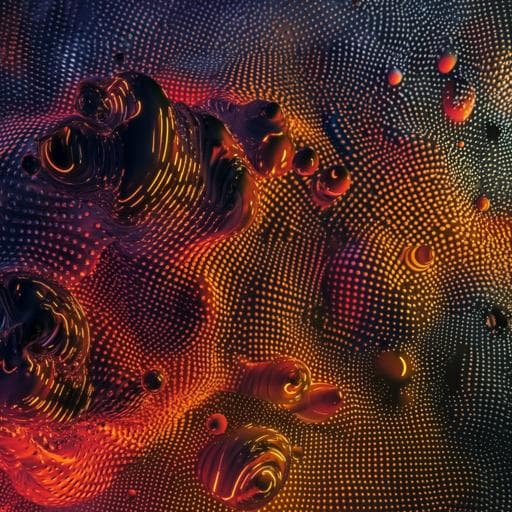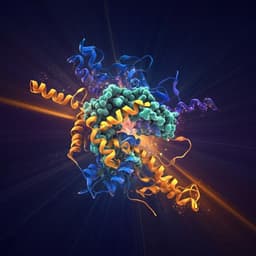
Engineering and Technology
Halftone spatial frequency domain imaging enables kilohertz high-speed label-free non-contact quantitative mapping of optical properties for strongly turbid media
Y. Zhao, B. Song, et al.
Discover the groundbreaking halftone spatial frequency domain imaging (halftone-SFDI), a revolutionary imaging modality introduced by Yanyu Zhao, Bowen Song, Ming Wang, Yang Zhao, and Yubo Fan. Experience kilohertz high-speed, label-free, and non-contact quantification of optical properties in turbid media, validated through phantom studies and in vivo experiments on human tissue and rat brain cortex.
~3 min • Beginner • English
Related Publications
Explore these studies to deepen your understanding of the subject.







